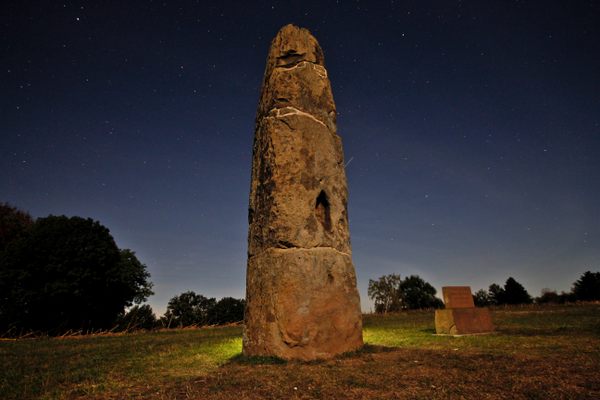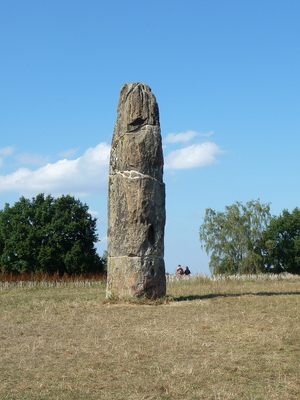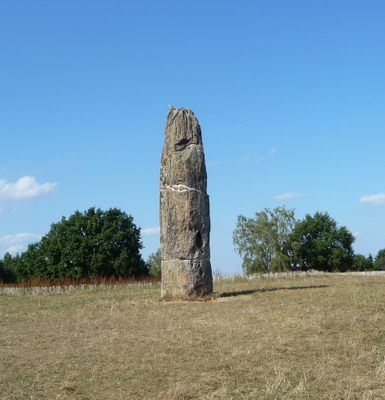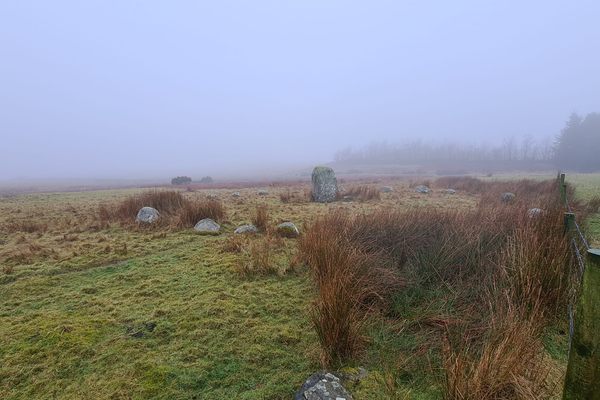About
Standing at 6.85 meters high, this menhir, or "standing stone," is the largest of its kind in Central Europe. The sandstone monolith is thought to date back at least 4,000 years, placing it around the end of the Neolithic period.
Although the exact origins are murky, it is believed to have been erected by a prehistoric ancestor cult. In the early 1800s, Christians chiseled a cross into the stone, thereby appropriating a pagan object of worship.
The Gollenstein stood undisturbed at the top of a hill for millennia until the rise of the Third Reich, who worried that it would make for a convenient reference point for French artillery. Members of the Nazi Wehrmacht attempted to lower the menhir into a straw-lined pit in 1939, only to botch the job and have it smash into four pieces.
Fortunately, in 1951, the local mayor, Alfonso Dawo, organized a recovery mission. Workers bound the menhir back together using concrete and returned it to its rightful place.
Related Tags
Know Before You Go
The Gollenstein is free to visit.
Community Contributors
Added By
Published
October 25, 2024

























